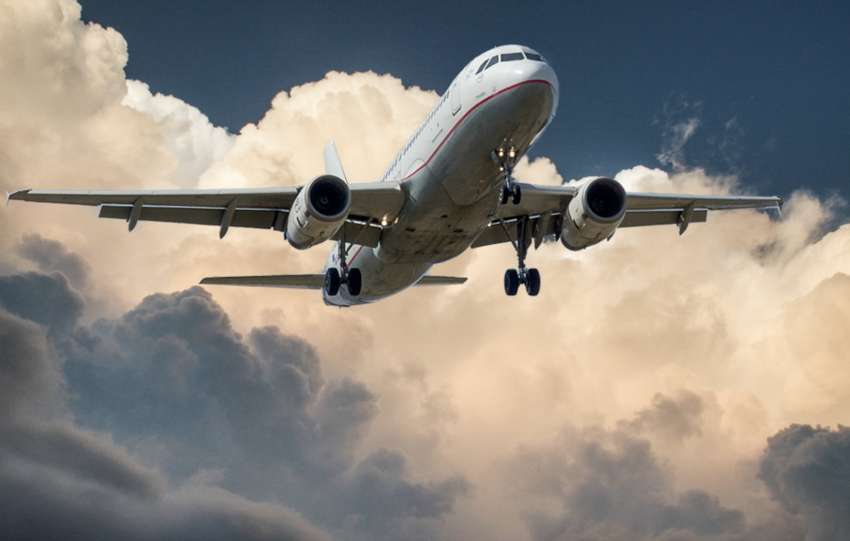2cv
Moderator
- Messages
- 7,316
I came across this website today, which surprisingly I had not seen before. Masses of information on the topic, nearly as much as in this thread!


Welcome to Toxic Cabin Air
Cabin crew, including pilots, have related their individual experiences and health problems from exposure, as well as instances where a pilot almost lost consciousness while piloting a commercial aircraft, all thought to be related to toxic cabin air. toxic cabin air from burnt oil gets in to...
toxiccabinair.com

